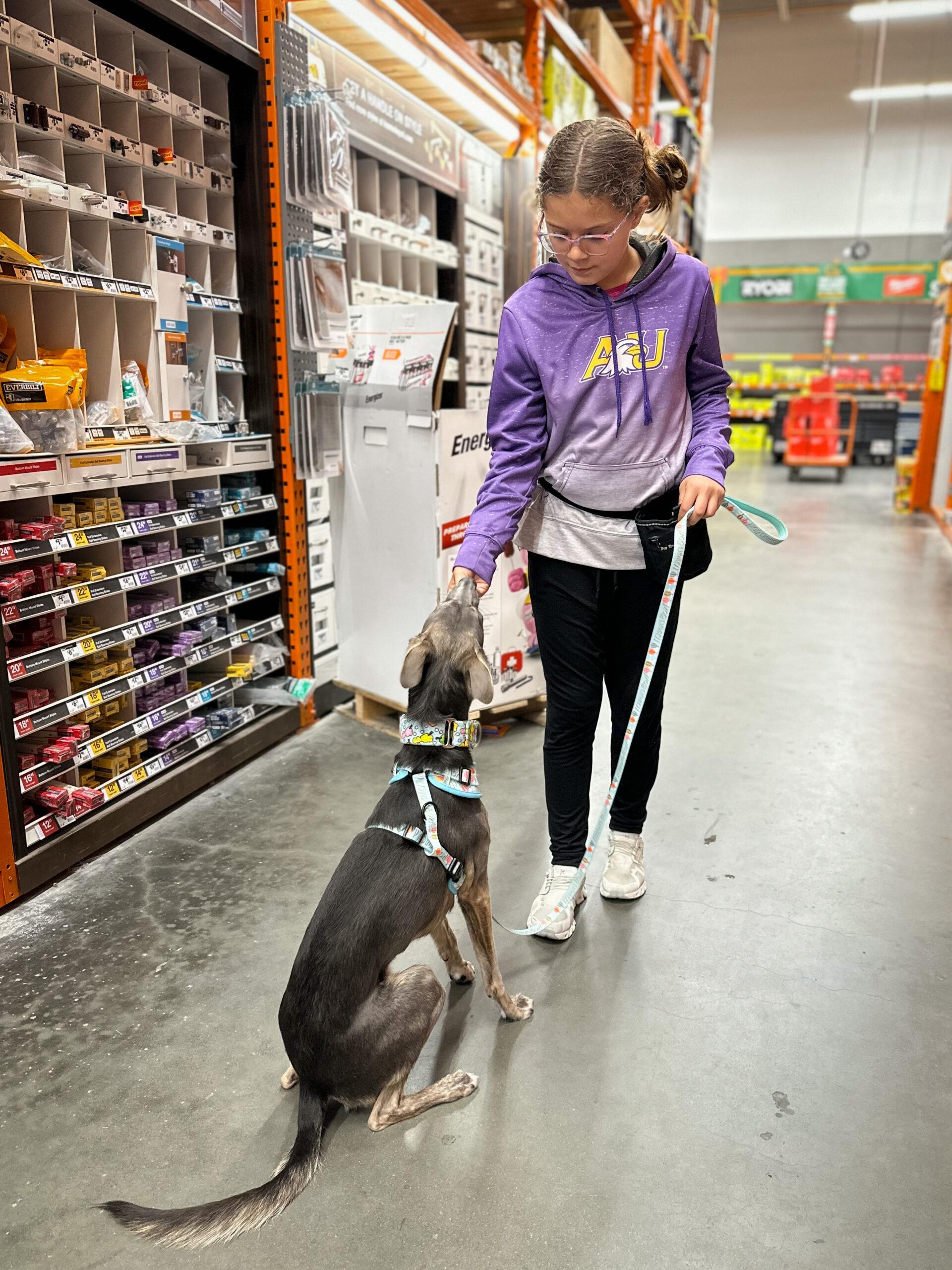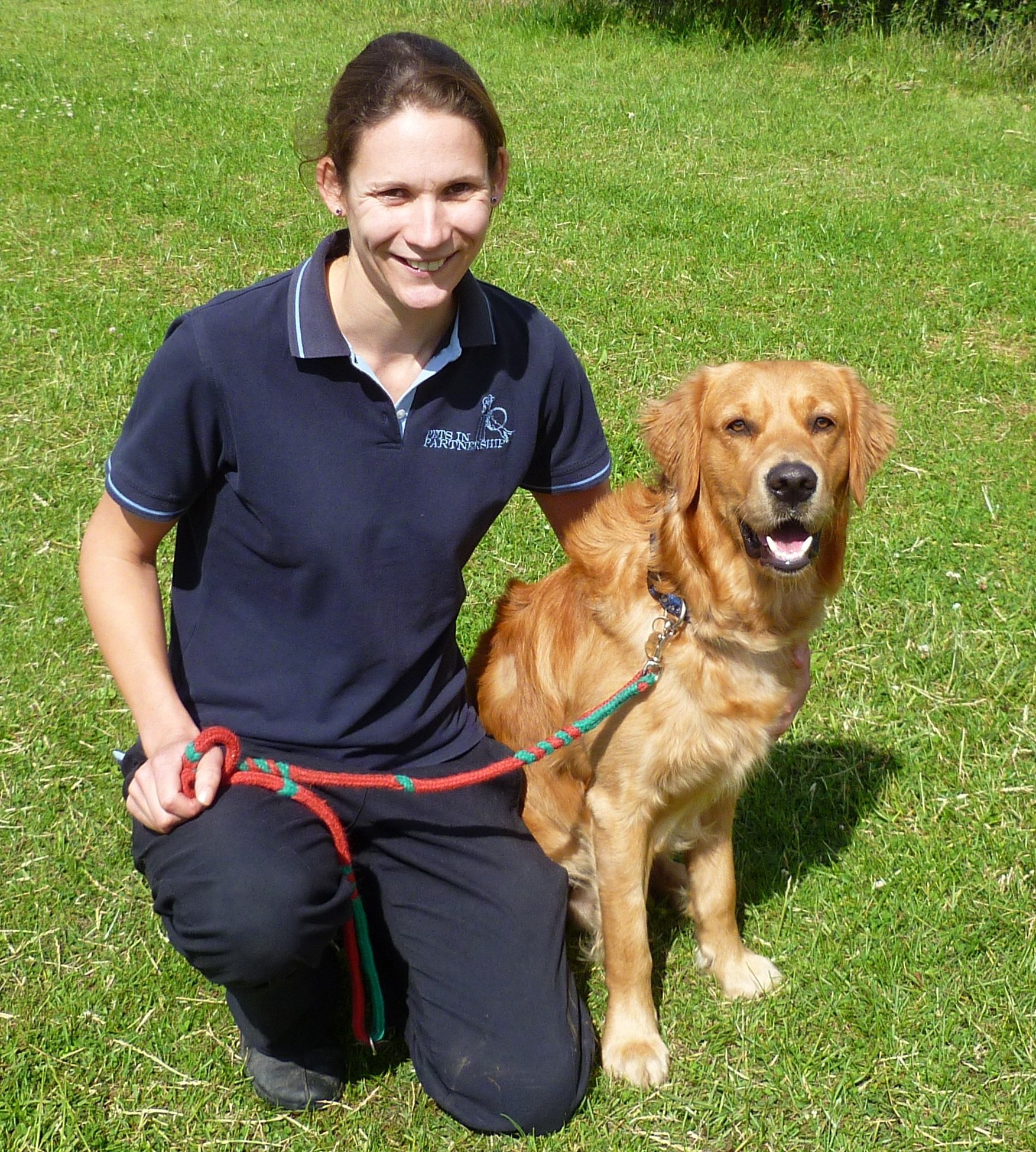How to Master Dog Training and Build a Stronger Bond with Your Pup
How to Master Dog Training and Build a Stronger Bond with Your Pup
Blog Article
Leading Dog Educating Techniques Every Proprietor Should Know

Positive Reinforcement Strategies
Using positive reinforcement techniques is crucial for effective dog training, as it fosters a trusting bond in between the canine and the fitness instructor. This method concentrates on satisfying preferable behaviors instead of penalizing unwanted ones, producing an environment helpful to discovering. Rewards can consist of treats, praise, or play, which motivate dogs to duplicate the behaviors that earn them these benefits.

Moreover, this strategy improves the dog's enthusiasm for training sessions. When pet dogs link training with positive experiences, they are a lot more involved and responsive. Beyond instant habits adjustment, positive reinforcement encourages a collective partnership between the pet and instructor, lowering anxiety and fear
To optimize efficiency, it is essential to provide rewards immediately, making sure the canine connects the behavior with the reinforcement. Essentially, positive reinforcement techniques not only yield better-trained dogs but additionally advertise an unified collaboration in between pet and proprietor.
Remote Control Training Method
The remote control training approach is a very reliable technique that builds on the principles of positive reinforcement by adding a distinct sound to mark desired behaviors. This technique uses a little portable gadget that produces a clicking sound, allowing fitness instructors to interact with their canines in a prompt and clear way. When a pet dog does an actions that the proprietor wants to motivate, the remote control is activated, followed by a reward, generally in the form of deals with or appreciation.
The trick to effective remote control training hinges on uniformity and timing. It is critical to click at the exact moment the desired behavior takes place, ensuring that the canine associates the sound with the action and the subsequent benefit. This technique not only improves interaction yet likewise promotes a more powerful bond in between the proprietor and the pet, as it urges involvement and interaction throughout training sessions.
Clicker training can be related to a range of commands and habits, from fundamental obedience to much more complex techniques. Its flexibility and performance make it a preferred technique amongst professional instructors and pet owners alike, paving the method for a receptive and well-trained canine buddy.
Leash Training Fundamentals
Reliable leash training is essential for ensuring a risk-free and delightful walking experience for both pet dogs and their proprietors. Dog training. Leash training must begin early and be come close to with patience and consistency. Beginning by choosing an appropriate chain and collar or harness. A flat collar may function for some pet dogs, while others might benefit from a harness that decreases drawing.
Introduce your pet dog to the chain gradually, permitting them to discover it in a comfy atmosphere. Once they are accustomed, method loose-leash strolling. This involves rewarding your canine for walking next to you instead of drawing ahead. Use deals with and praise to strengthen preferred habits, and make certain to remain assertive and calm.
If your dog begins to pull, stop walking quickly. Wait until they return to your side before resuming. This educates them that drawing does not lead to advance. Additionally, method different strolling settings to aid your pet adjust to interruptions.
Regular practice will strengthen your pet's understanding of leash etiquette. Keep in mind that chain training is a continuous process; perseverance and consistency will certainly generate the ideal outcomes, promoting a favorable experience for both you and your canine friend.
Socialization Methods
Socializing is a crucial element of dog training that need to ideally start throughout puppyhood yet can be advantageous at any kind of age. Reliable socialization aids pet dogs establish confidence and decreases the possibility of behavioral issues. To implement successful socializing techniques, expose your pet dog to a selection of settings, individuals, and other pets.
Start with regulated settings, such as puppy courses or organized playgroups, where young pet dogs can connect safely. Gradually present your pet dog to new experiences, including various sounds, surface areas, and tasks. Make sure these experiences are rewarding and positive to develop a complacency.
For grown-up canines or those additional hints lacking direct exposure, begin with low-stress scenarios. Short, favorable interactions with pleasant human beings and calm pet dogs can create positive organizations. Utilize deals with and appreciation to reinforce preferable habits during these experiences.

Consistency and Patience
Acknowledging the importance of consistency and patience in canine training is important for achieving long lasting results. Educating a canine is a steady process that calls for an organized method and unwavering dedication from the proprietor. Each command useful content or habits must be strengthened constantly to help the pet comprehend what is expected of them. Inconsistent training can result in complication, making it hard for the canine to grasp behaviors or commands, eventually hindering development.
Dogs, like people, discover at their very own rate. This fosters a relying on connection in between the pet dog and owner, urging an extra enthusiastic and willing student.
To cultivate consistency and perseverance, develop a routine training routine, use the very same commands, and make sure that all relative use the same training concepts This Site - Dog training. By doing so, you create a secure setting for finding out, allowing your canine to prosper and create right into a mannerly friend
Conclusion
To conclude, reliable dog training methods, such as positive support, clicker training, and appropriate chain training, are essential for cultivating a healthy owner-dog relationship. Additionally, applying socializing methods and maintaining uniformity and patience throughout the training process adds significantly to a canine's total wellness. By integrating these approaches, pet owners can promote the growth of well-adjusted, obedient animals, inevitably enhancing the high quality of life for both the pet dog and the owner.
Among the most famous methods are positive reinforcement, clicker training, and chain training, each offering special advantages that add to a mannerly pet dog. As we explore these essential strategies, it ends up being evident that mastering their nuances can significantly influence the training experience and the dog's total behavior.Making use of positive reinforcement methods is essential for reliable canine training, as it fosters a relying on bond in between the trainer and the pet.In conclusion, efficient dog training methods, such as favorable support, clicker training, and appropriate chain training, are necessary for fostering a healthy owner-dog partnership. By incorporating these methods, pet dog owners can help with the development of well-adjusted, obedient pet dogs, inevitably boosting the top quality of life for both the owner and the canine.
Report this page